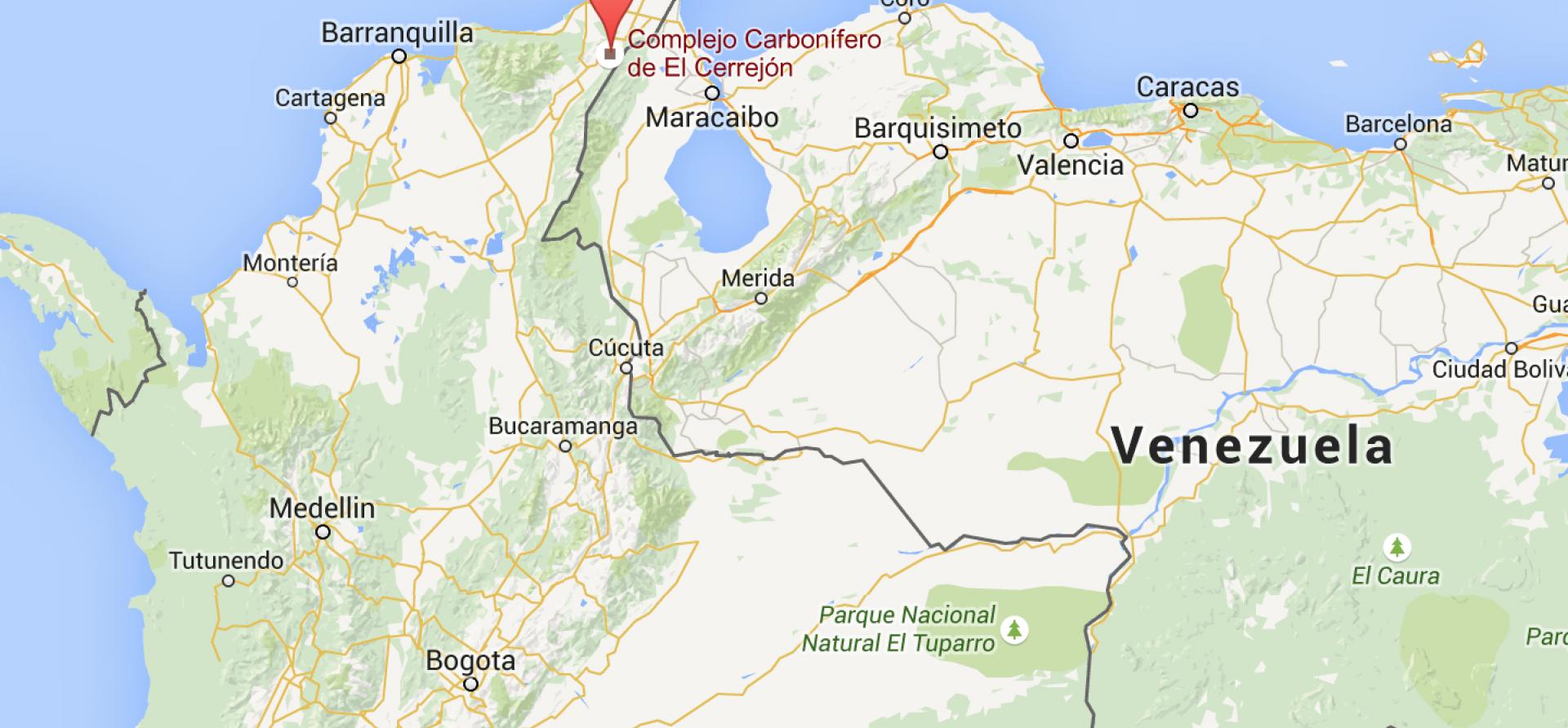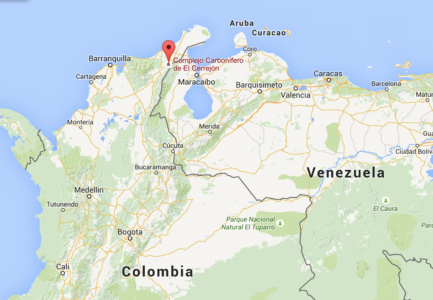Have Three of the World’s Biggest Coal Exporters Just Blown $1.3 Billion on a Stranded Asset?

 Late last year BHP Billiton—along with Glencore and Anglo American Plc, its two joint venture partners in the Cerrejón coal mine in Colombia—completed a $1.3 billion expansion project to supply an additional eight million tons of thermal coal a year to global markets.
Late last year BHP Billiton—along with Glencore and Anglo American Plc, its two joint venture partners in the Cerrejón coal mine in Colombia—completed a $1.3 billion expansion project to supply an additional eight million tons of thermal coal a year to global markets.
It seemed a good idea when it was conceived. Back in August 2011, when the project was first announced, the seaborne thermal coal market appeared destined only to go up. Demand from China was booming, new coal plants were still being built in Europe, and easy money was available from international finance agencies.
Prices were strong, too: in 2011 coal from Cerrejón sold for $101 a ton, and the mine generated revenue of over $3.2 billion. BHP Billiton, Glencore and Anglo American agreed to chip in $437 million apiece to expand the mine, not only increasing mine production but adding an extra loading berth at the joint venture’s fully-owned Puerto Bolivar port.
No sooner had work on the mine expansion commenced than global prices of thermal coal price began a relentless fall. Slowly, the optimism around the joint venture evaporated. In a January 2014 media release the Cerrejón joint-venture partners cautioned that “as regards expectations in 2014” it was “working to produce and export a greater volume than in 2013, which could vary depending on the trend in international coal prices.” What the announcement didn’t say was that 2013 had been a below-par year due to a 32-day miners’ strike, and that production in 2014 would have been higher anyway.
Several weeks later, BHP Billiton stated in its 2013-2014 annual report that the project expansion had produced its first coal, in the quarter ending December 2013, even though the requisite new port facilities were still being commissioned. In a low-key statement in late August 2014, Cerrejón Coal announced that the expanded port was in operation and had loaded its first shipment.
THE CELEBRATION WAS MUTED, HOWEVER. NONE OF THE THREE JOINT VENTURE ISSUED ANNOUNCEMENTS ON THE MILESTONE, and indeed the project was born to an embarrassed silence: the era of hyping coal expansion projects was all but over.
Cerrejón was facing many headwinds, as it turned out. While Colombian coal, which comes from open-cut mines, is cheap to produce, its location means that over half its production has been destined historically for Europe, with the remainder exported to the U.S. and to Central and South America. However, coal markets in both the U.S. and Europe have been hit by profound slowdowns in electricity demand and a shift to wind, solar, biomass and natural gas. Asia was seen as the fallback market. China’s dramatic reduction in imports hit exporters hard, though, undermining global coal prices in a slump that persists and for which there is no end in sight. The $101 price Cerrejón coal fetched in 2011 had fallen to $67 by 2014.
In October 2014, Mining Magazine reported that the joint venture had switched its focus from expanding production to cutting costs by improving the productivity of its fleet of haul trucks and excavation operations. And things went from bad to worse. In its production review for the half year to the end of December 2014, BHP Billiton complained that “anticipated drought conditions constrained production volumes at Cerrejón given the need to manage dust emissions.”
In March of this year, Cerrejón Coal Company CEO Roberto Junguito told Bloomberg News that any appetite for increasing production was negligible and that the joint venture might export only about 34 million tons in 2015, on a par with the volume produced in 2012. In effect, BHP Billiton and its joint-venture partners had pointlessly expanded the mine.
INITIAL INDICATIONS ARE THAT CERREJÓN’S FINANCES WILL BE IN WORSE SHAPE THAN EVER IN 2015. In its report for the first quarter of 2015, Glencore stated that Cerrejón coal sold for just $58 a ton.
Perhaps it’s a little early to classify the expansion as a stranded asset, but its outlook isn’t good. Chinese imports are falling fast, U.S. coal consumption is dropping rapidly, the new government of India is adamant that it wants to cease coal imports and European coal plant retirements are accelerating. Meanwhile, the rapid rise of renewables and energy efficiency pose a growing threat to a thermal coal market whose prospects the industry used to take for granted.
At best BHP Billiton and its joint venture partners will defer plans to expand production at Cerrejón until seaborne coal prices pick up. At worst, the three companies have blown $1.3 billion in shareholder value on new production capacity that may never make any money.
Bob Burton is the editor of CoalWire, a weekly bulletin on global coal industry developments. This is a condensed version of a commentary that first appeared this week on RenewEconomy.com (read the full column here).














